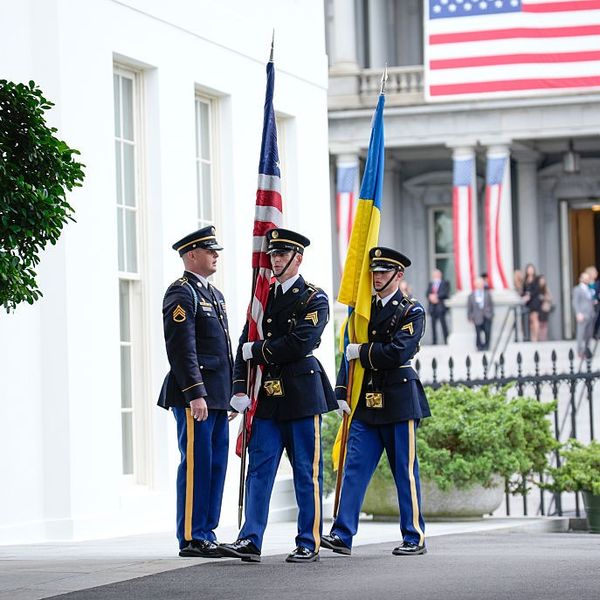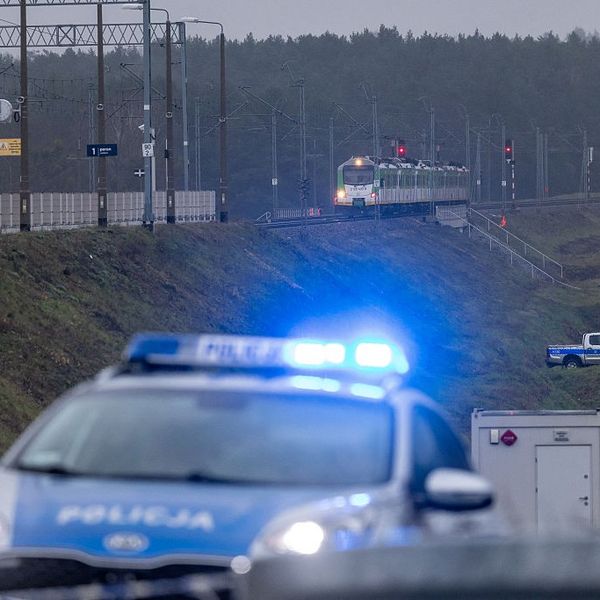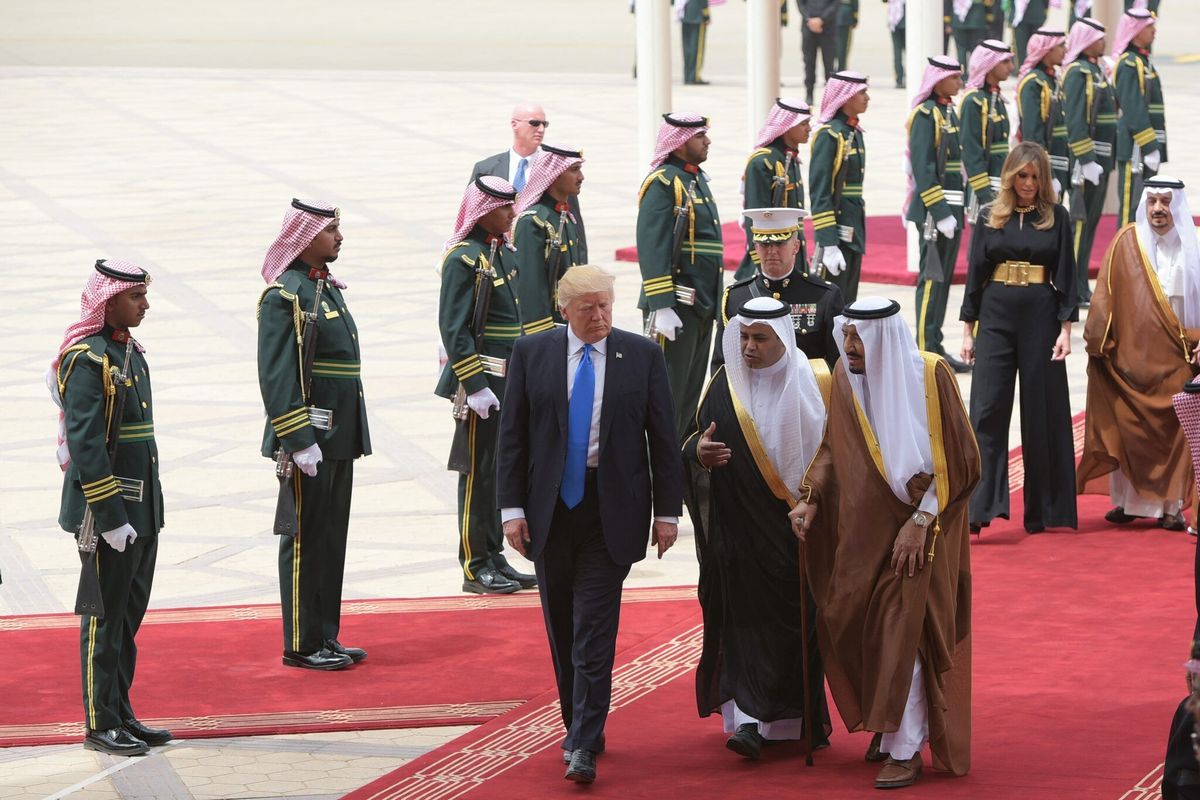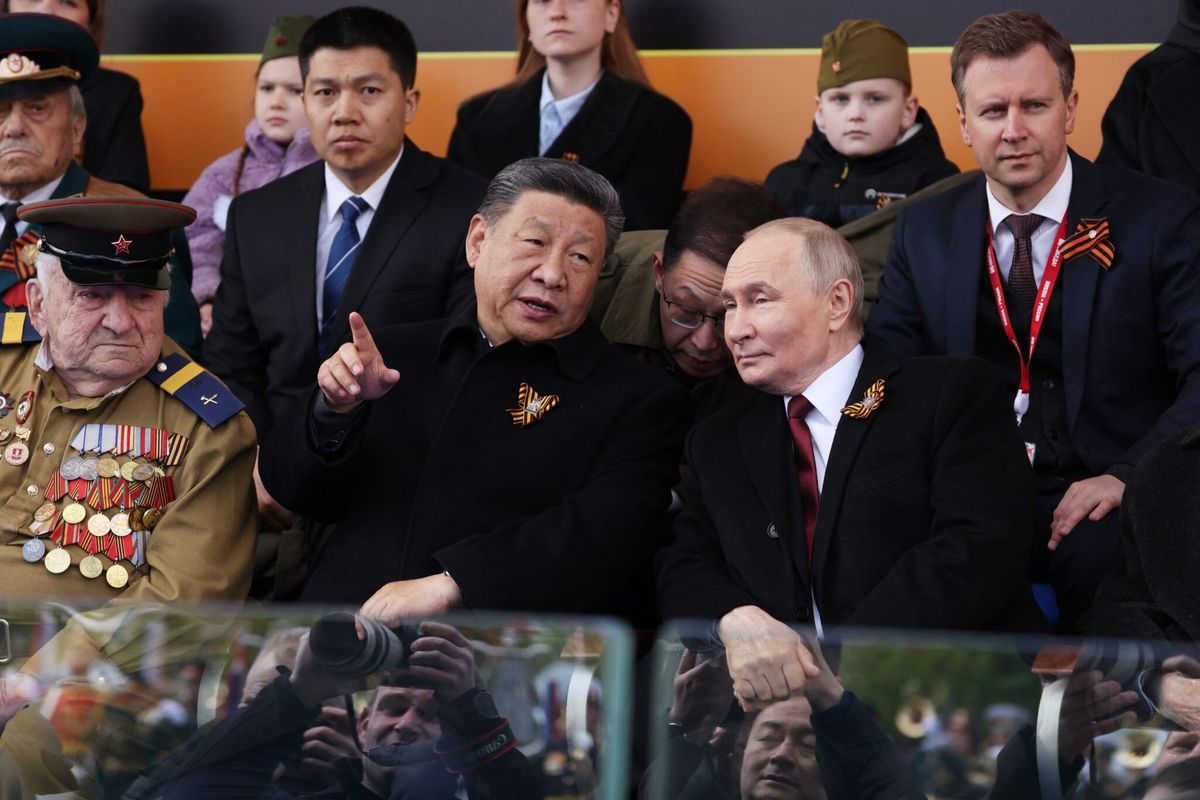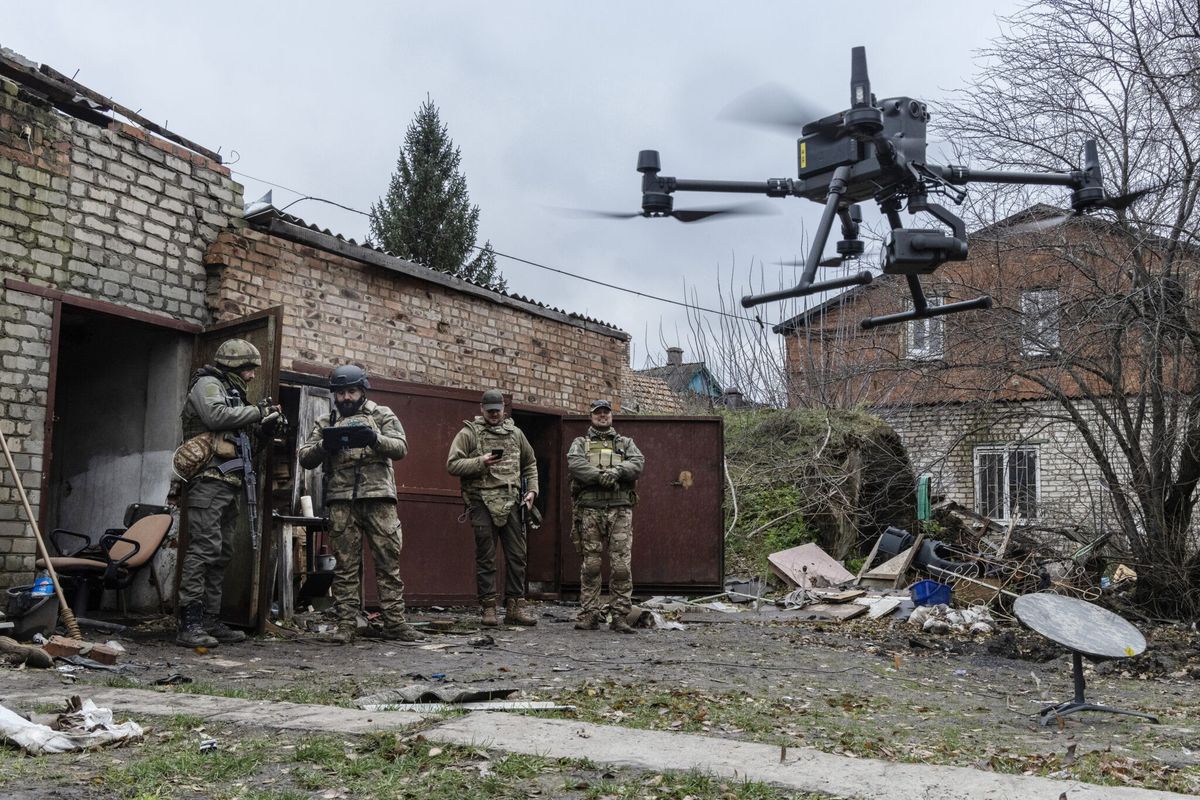OPINION - The Vice President of the United States, JD Vance, said recently that unless Ukraine’s government agrees to the U.S. proposal that allows Russia to keep its territorial gains in Ukraine, the U.S. may cease its support for the Ukraine. This statement appears to reflect the Trump Administration’s view that Russia will ultimately succeed in its war aims in Ukraine, given that Russia has three times Ukraine’s population, enormous natural resources, a large military-industrial complex, a command economy, and unchallenged authoritarian leadership.
However, even if the U.S. walks away, an eventual Russian military victory in Ukraine is far from assured. The reasons can be explained by an examination of relative military force structures, command and control issues, technological assets, economic resources, leadership strengths, strategic priorities, and public support.
Military force structures
Both Russia and Ukraine conceal losses and exaggerate strengths, but various estimates exist for force strength. At the start of the war in February 2022, the Ukrainian army had 196,600 active-duty personnel and about 900,000 reserves with military training. The Russian army, spread across its vast geography, consisted of about 880,000 soldiers, and 1,600,000 reserves. The Russian invasion force, however, consisted of only 190,000 soldiers.
Russian losses during the first three years of the war were very high. The British Defense Intelligence update of 5 February 2025 estimated Russian losses (killed and wounded) at 837,000. On the same date, Ukrainian estimates of Russian losses were given as 845,000. By April 25, 2025, the Ukrainian count put Russian losses at 946,500. If these assessments are accurate, Russian casualties in just over three years have amounted to 108% of the country’s total army in 2022 and five times its original invasion force.
Putin’s response to these losses was to order several increases in the size of his armed forces. By February 2024 Russia claimed to have 1.5 million active-duty military and 2 million reservists. These numbers included convicts, Central Asians from the poorest regions of Russia, and individuals press-ganged off the streets.
Ukraine currently has 1.26 million active-duty military and 2.7 million reservists. Speaking at a news conference with Polish Prime Minister Donald Tusk, Ukraine’s President Volodymyr Zelensky said on January 15 that Ukraine has 880,000 soldiers defending the entire country, against 600,000 Russian soldiers who are concentrated on active fronts. While the Russians have concentrated their troops on a few assault points, giving them local superiority, the Russian assault force as a whole falls woefully short of the three-to-one ratio required for success against defending forces, according to both Russian and Western military doctrine.
According to British intelligence, in January 2025 alone the Russians suffered 50,000 casualties, far more than their estimated monthly recruitment of 20,000 to 30,000. According to Ukrainian estimates, between February 1 and April 1 of this year, Russia suffered 77,730 additional casualties. Russia cannot maintain its troop strength at its current rate of losses.
Russian equipment losses also have been extraordinary. Most of Russia’s modern tanks have been destroyed, so Russia now relies on obsolete forty- to fifty-year old tanks, refurbished from decaying and nearly exhausted stocks. Russia’s modern 152-mm. artillery also has been decimated, forcing it to use smaller, obsolete 122-mm. howitzers. Russian production of shells is still inadequate for its needs, which it now fills with imports of old and frequently defective North Korean shells.
While the Russian army has been relying on its large stocks of obsolete equipment, the Ukrainian army has been re-equipped with smaller numbers of modern tanks, other armored fighting vehicles, 155-mm. artillery systems, air defense systems, and fighter planes, thanks to NATO support. These are all superior to comparable Russian models.
Unmanned aerial vehicles
The unmanned aerial vehicle (UAV, or drone) dimension of the war has expanded exponentially in both quantity and quality – on both sides. The drone war has made assaults by armored vehicles so costly that the war has often reverted to trench warfare reminiscent of World War I. Drones now account for two-thirds or more of front-line casualties in the war. When Ukraine’s initial advantage in drone warfare was reduced by Russia’s rapid development of its own drone capacity, the Ukrainian response was to develop and manufacture ever more sophisticated drones and drone defenses.
Russia has distinct disadvantages in the drone arms race. Some Russian units were able to informally acquire drones as gifts, but drones require skilled operators. Russian military bloggers have been furious about Russian field commanders using drone operators as cannon fodder when short of manpower. To prevent this, Russia recently created a separate, centralized drone command. But, as discussed below, Russia’s top-down command and control system slows adaptation and innovation. Russian drone manufacturing is centralized under state-controlled enterprises that have swiftly ramped up production but continually lag behind Ukranian drones in sophistication.
In contrast, Ukraine’s drone capacity is decentralized and innovative. The government has discarded Soviet-era regulations to provide tax breaks and profit incentives to independent Ukrainian drone producers, and authorized the Ukrainian military to contract with them. These independent companies have made good use of Ukraine’s large cadre of skilled aeronautical engineers and information technology specialists. About 200 of these companies are officially recognized to receive military contracts, and as many as 300 other groups now manufacture drones and donate them directly to military units.
On September 19, 2024, Russian President Vladimir Putin announced that Russia was ramping up drone production by around ten times to nearly 1.4 million units in 2024, which indicates that in 2023 Russia produced only 140,000 drones. In 2023, Ukraine produced 600,000 drones and in 2024 raised the figure to 2.2 million drones. In 2025 Russia will produce an estimated 3 million drones, while Ukraine is on track to produce 4.5 million drones. Meanwhile, Russian production is limited to a relatively small number of models, making it easier for Ukrainians to develop countermeasures, where as Ukraine produces hundreds of different and rapidly evolving models that defeat centralized Russian countermeasures.
Russia does have an advantage in ballistic and airborne missile systems that are hard for the Ukraine to bring down. Russia’s use of these systems has focused on civilian targets and infrastructure rather than on military targets. However, the military history of the 20th century suggests that such bombing campaigns often anger enemy populations and stiffen resistance.
The intersection of technology, defense, space and intelligence is critical to future U.S. national security. Join The Cipher Brief on June 5th and 6th in Austin, Texas for the NatSecEDGE conference. Find out how to get an invitation to this invite-only event at natsecedge.com
Command and control
Command and control issues are a major weakness for the Russian armed forces. The war is personally directed by President Putin and his immediate staff, including Defense Minister Andrey Belousov, an economist with no previous military experience. Top military officials, including Chief of the General Staff Valery Gerasimov, who is a highly experienced and well-regarded military theorist, have been relegated to supporting roles. The weakness of the Russian military has always been its top-down command structure, leading often to inaccurate intelligence and slow reactions to battlefield conditions.
The initial Russian invasion of Ukraine was based on wildly inaccurate intelligence. The invasion was inadequately sized, and Russian forces were weakened by corruption, shortages of fuel, and lack of maintenance. Russian command and control suffered from a disregard of bottom-up field intelligence, false claims of military victories by self-serving officers, and sclerotic decision-making at the top. None of these weaknesses have been rectified in the three years since the invasion.
In contrast, the Ukrainian military has been receptive to field intelligence, altering both tactics and strategy in response. Front-line units are encouraged to improvise and adapt without orders from above. Technological innovation is not centralized, and it is encouraged by direct interaction with civil society actors and businesses.
Training and morale
The rapid expansion of Russian troop strength has come with a deterioration of army quality. The motivation of recruits and conscripts is poor, and their training is virtually non-existent. Their main use is as cannon fodder, in the meat-grinder techniques currently employed by the Russian army.
Ukraine has adapted quickly to the use of modern military technology provided by its European allies and the United States. Much of the training required for this new technology has been provided by the Ukraine’s allies, along with training of special force ground troops. The quality of Ukraine’s armed forces has improved markedly.
That said, like Russia, Ukraine has had trouble maintaining troop strength and suffers from manpower shortages in its civilian economy. However, support for the war effort is much deeper in Ukraine than in Russia. In Russia, dissent is stifled by propaganda and coercion, but a lack of enthusiasm is discernible. For Ukranians, the war is an existential crisis.
Ukrainian journalist Nataliya Gumenyuk put it this way in a recent Foreign Affairs article: “The horror of Russian military rule has been felt not only in areas of the south and east, where much of the war has been fought, but also near Kyiv… when Russian forces committed widespread atrocities… In the three years since the full-scale invasion, Ukrainians have overwhelmingly supported the Ukrainian army… They know there is little chance of survival under Moscow’s rule. Even now, most Ukrainians see continuing to fight as incomparably better than the terror of Russian occupation.”2
Support issues — and the Europe question
The uncertainty of U.S. support of NATO and Ukraine has led to a major expansion of military budgets and defense planning throughout Western Europe. The European Union and some of its member states are committing increased financial and military resources to the Ukraine. While these will not fully replace U.S. aid, they are likely to be sufficient to sustain Ukraine’s war effort.
According to the World Bank, the combined national income (GNI) in 2023 of the E.U. countries plus the UK was over 22 trillion dollars, whereas the GNI of Russia was slightly less than 2 trillion. Put another way, Russia’s GNI was only 59% of Italy’s GNI. Europe can afford to support the Ukraine economy in 2025 and beyond. It will take about a year for European countries and the UK to ramp up their defense industries and military infrastructure. By 2026, and increasingly beyond that, Europe should be able to provide Ukraine with significant, military resources, in addition to economic aid.
In short, the invasion has not been to Russia’s advantage. The conflict strengthened Ukrainian nationalism and discredited pro-Russian Ukrainians. The war caused Finland and Sweden to join NATO and thus doubled the length of the NATO frontier with Russia. The war ended Russian natural gas exports to most of the E.U., which had been carefully cultivated for decades. It led to the emigration of about half a million of Russia’s best and brightest young professionals. It sharply reduced Russian imports of technology and strategic goods. It led to the freezing of Russian assets abroad and the expulsion of Russian spy networks. Finally, Russia’s abysmal military performance has undermined the myth of Russian military superiority.
Conclusion
Russia and Ukraine have asymmetrical objectives in this war. Ukraine does not seek to subjugate Russia; in contrast, Putin views the subjugation of Ukraine and its absorption into Russia as the first step in reconstituting a Russian sphere of control comparable to that of the Soviet Union. Putin’s grand design is what alarms the European NATO countries and motivates them to support Ukraine. Russian-sponsored sabotage efforts, such as arson and cutting undersea cables, have reinforced European concerns about a future Russian invasion. Europe will continue to support Ukraine whether or not the U.S. walks away.
As the war goes on, Russia will continue to hemorrhage human, military, and economic resources. Like Bashar al-Assad in Syria, Putin is unlikely to acknowledge the futility of his policy. Therefore, the end of the war will likely commence either with Putin’s demise or from his ouster. Putin’s successors are likely to have a more realistic view of Russia’s best interests.
This analysis draws in part on material presented in Merkx, “Russia’s War in Ukraine: Two Decisive Factors,” Journal of Advanced Military Studies, (U.S. Marine Corps University Press)
The Cipher Brief is committed to publishing a range of perspectives on national security issues submitted by deeply experienced national security professionals. Opinions expressed are those of the author and do not represent the views or opinions of The Cipher Brief.
Have a perspective to share based on your experience in the national security field? Send it to Editor@thecipherbrief.com for publication consideration.
Read more expert-driven national security insights, perspective and analysis in The Cipher Brief



